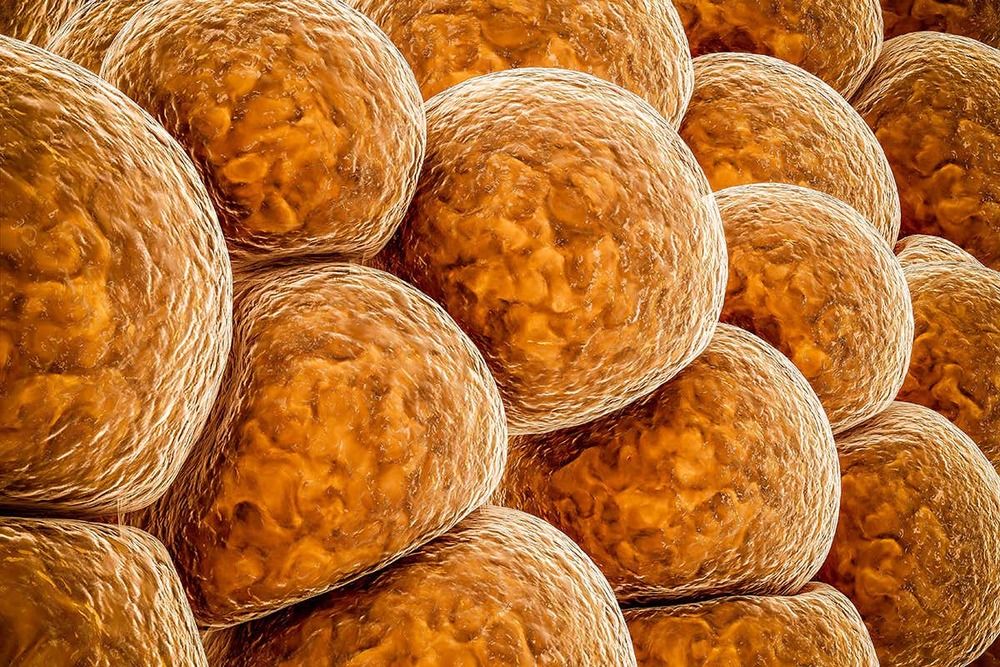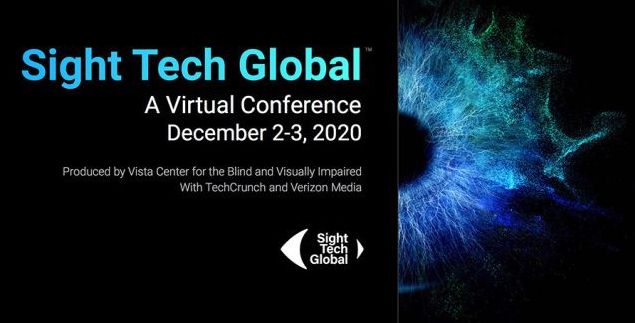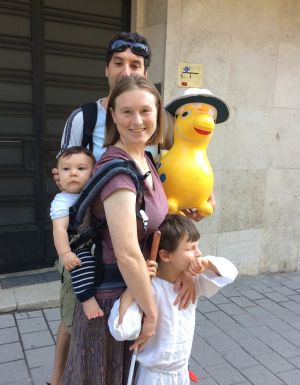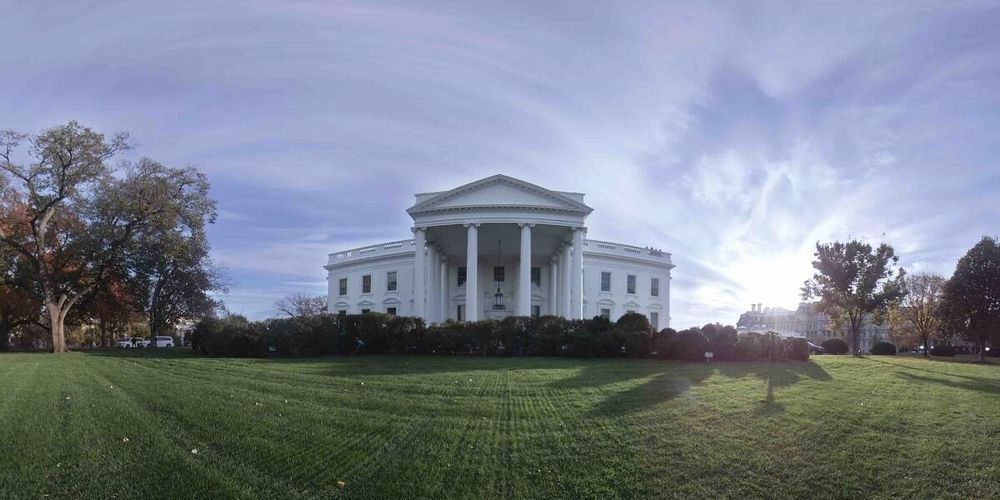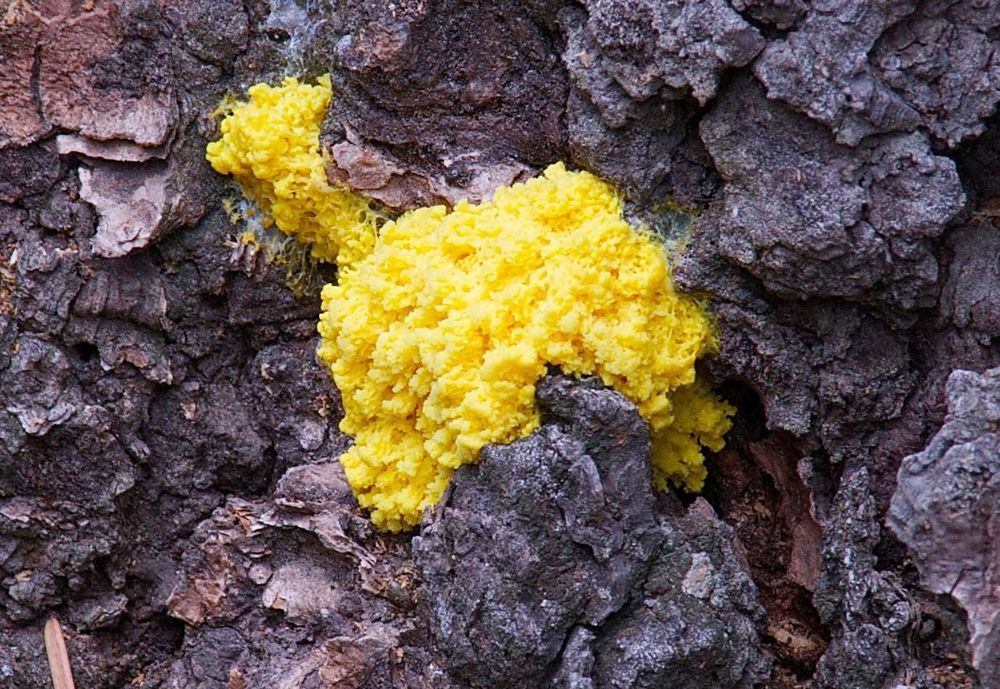Aug 26, 2020
Scientists find that Citriodiol, ingredient in insect repellent, can kill COVID-19
Posted by Quinn Sena in categories: biotech/medical, health
British scientists have discovered that an active ingredient found in insect repellent can kill COVID-19, according to a report.
Researchers at the UK’s Defense Science and Technology Laboratory determined that Citriodiol can help fight coronavirus in a preliminary study, Sky News reported.
Insect repellents containing Citriodiol are not believed to be enough alone to protect people from the virus but can be used as an additional layer of defense along with face masks, hand washing and other health recommendations, according to the report.




